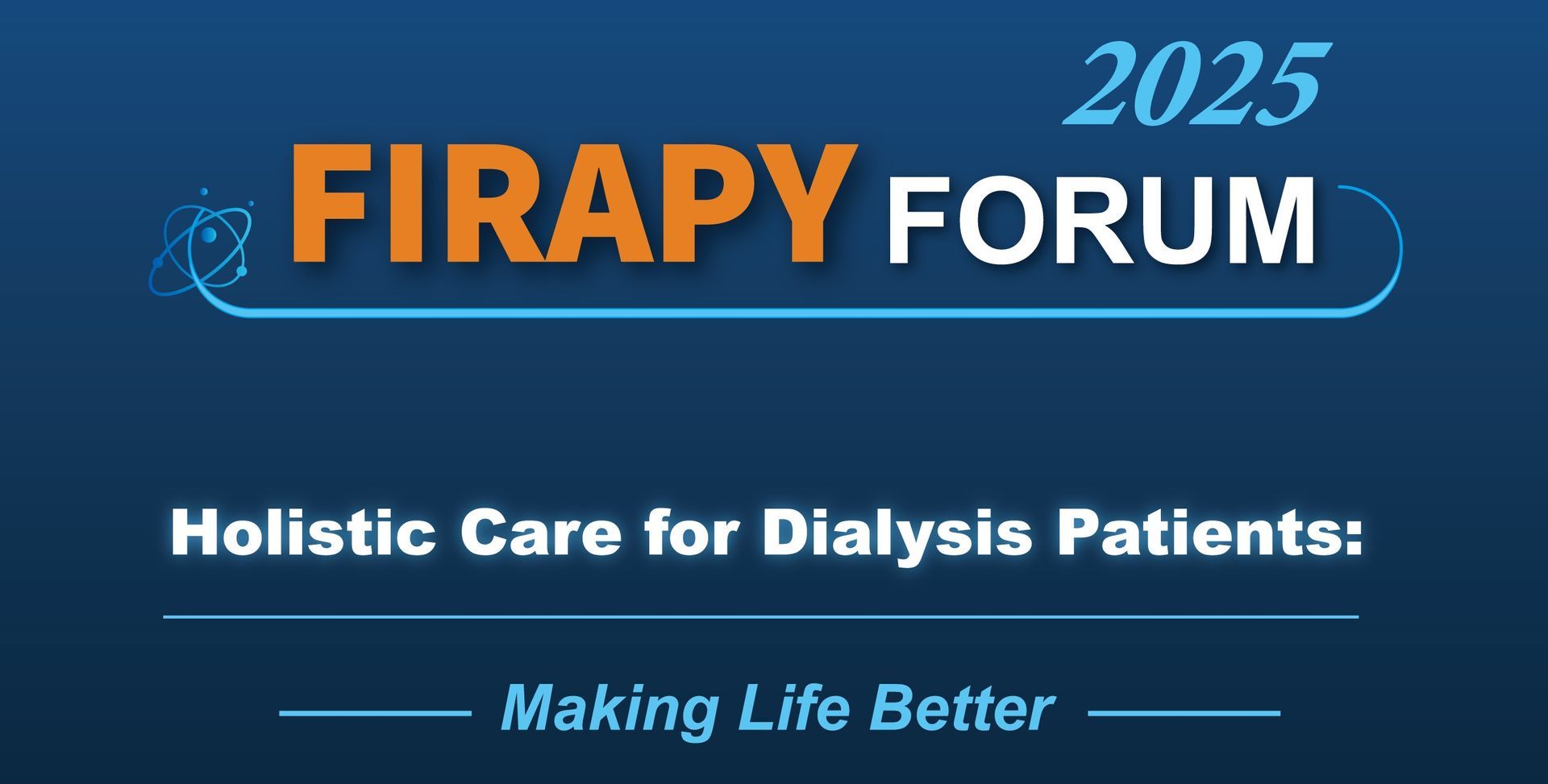Far-infrared therapy improves cardiovascular and infectious outcomes in peritoneal dialysis patients
Abstract
Introduction
While far-infrared (FIR) therapy has improved the treatment of various diseases, its effects on peritoneal dialysis (PD) remain understudied. The study aims to investigate the impact of FIR therapy on the cardiovascular and infectious outcomes in PD patients.
Methods
A prospective observational study was conducted for six months, comparing a group receiving FIR therapy (n = 49) with a control group (n = 50). The primary outcome is defined as the composite outcome of three-point major adverse cardiovascular events (3P-MACE), coronary artery disease (CAD), congestive heart failure (CHF), or PD-related infection. The secondary outcomes are: (1) 3P-MACE; (2) 3P-MACE, CAD, or CHF; (3) PD-related infection.
Results
The FIR group consistently exhibited lower incidence rates for primary and secondary outcomes. The primary outcome occurred in six patients (12.2 %) in the FIR group and 15 patients (30 %) in the control group, with incidence rates of 0.26 vs. 0.75 events per patient-year, respectively (p = 0.03). The secondary outcomes for the FIR and control groups were: (1) 3P-MACE occurred in zero patients and four patients (8 %), respectively; (2) composite outcome of 3P-MACE, CAD, or CHF occurred in two patients (4.1 %) and six patients (12 %), respectively; (3) PD-related infection occurred in six patients (12.2 %) and 12 patients (24 %), respectively. Furthermore, FIR therapy significantly reduced hospitalizations for the primary outcome (HR = 0.22; 95 % CI = 0.07–0.71; p = 0.01) and demonstrated better survival rate at six months (85.7 % vs. 67.9 %, respectively). Conclusion: This study suggests that FIR therapy shows promise in reducing hospitalizations associated with cardiovascular and infectious outcomes in PD patients.
-J Formos Med Assoc. 2025 May 26:S0929-6646(25)00239-6
Want to know more?
Contact us for more detail





